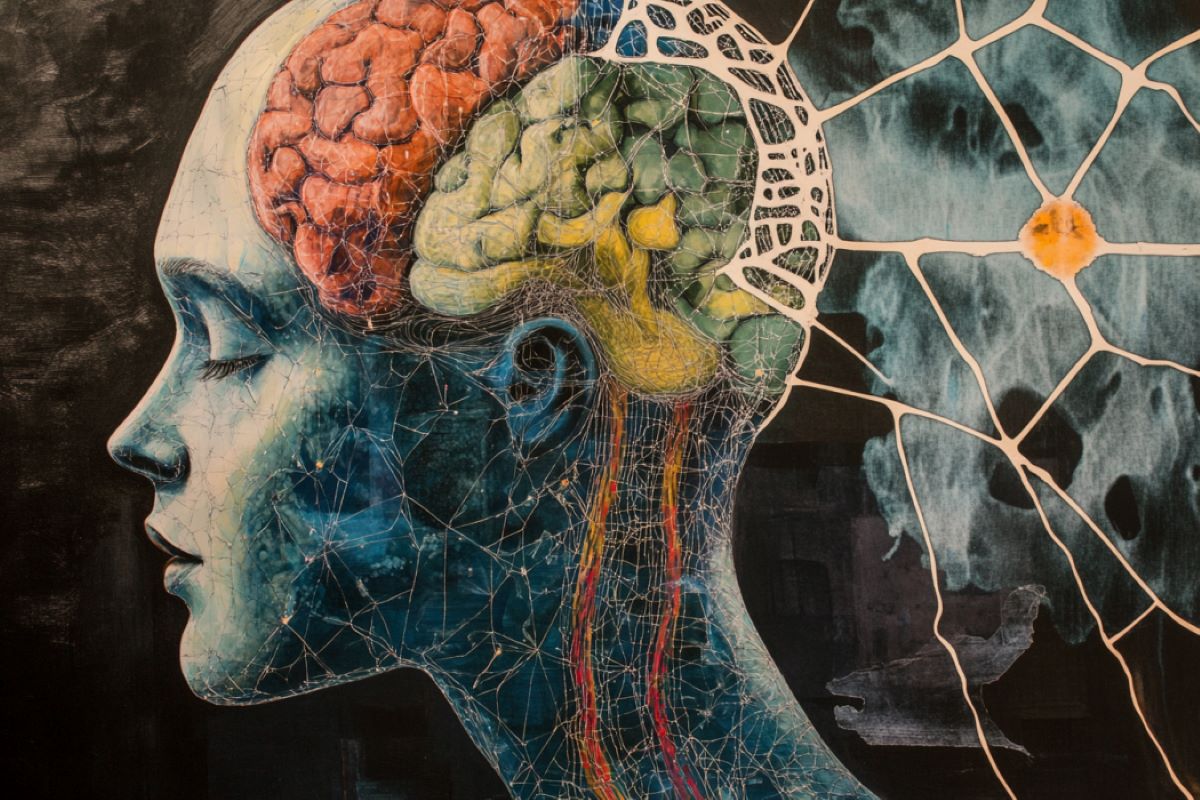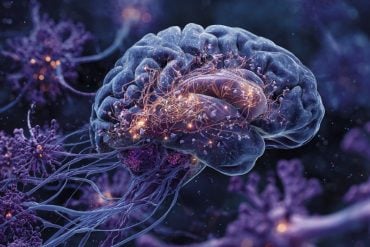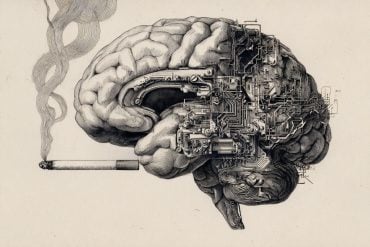Summary: Researchers have identified a unique brain network pattern that may predispose some people to depression. By repeatedly scanning patients’ brains, they found that individuals with larger salience networks were more likely to develop depression over time.
This discovery suggests that some people may be “pre-wired” for depression, offering insights into predicting susceptibility to the condition. While further studies are needed, this deep scanning approach could revolutionize how depression and other psychiatric conditions are understood and treated.
Key Facts:
- Larger salience networks in the brain may increase depression risk.
- Repeated brain scans over time revealed this predisposing pattern.
- This deep scanning method could improve the prediction of neuropsychiatric conditions.
Source: Weill Cornell University
By repeatedly scanning the brains of a small group of patients for a year and a half, Weill Cornell Medicine researchers have identified a distinct pattern of neuronal interactions that appears to predispose some people to developing depression.
Published Sept. 4 in Nature, the work highlights the potential of a new “deep scanning” approach to help predict a person’s susceptibility to depression and other neuropsychiatric conditions and may guide the development of novel treatments.
Neuroscientists have long relied on functional magnetic resonance imaging (fMRI) to identify patterns of activity in the brain by measuring changes in blood flow. This has been an invaluable tool for studying brain organization at the individual level.
Individual brain activity patterns differ not only between people, but over time in a single person. That’s especially problematic for studying conditions such as depression.
“Depression is, by definition, an episodic psychiatric syndrome, it’s characterized by periods of low mood mixed in with periods of wellness,” says senior author Dr. Conor Liston, professor of psychiatry in the Department of Psychiatry and professor of neuroscience at Feil Family Brain and Mind Research Institute at Weill Cornell Medicine.
“What are the mechanisms that control those transitions over time?” he asks.
Pre-wired for Depression?
To address that, the investigators enrolled a handful of patients with diagnosed depression as well as a larger group of unaffected controls and scanned their brains with fMRI dozens of times over several months.
The deep scanning approach revealed that in a majority of volunteers with depression diagnoses, a brain feature called the salience network is nearly two-fold larger than in controls who didn’t experience clinical depression.
The salience network is a group of brain regions in the frontal cortex and striatum thought to be involved in reward processing and determining which stimuli are most worthy of attention.
“Having a larger salience network appears to increase the risk for depression—the effect is an order of magnitude larger than what we usually see in fMRI studies,” says Dr. Liston, who is also a psychiatrist at NewYork-Presbyterian/Weill Cornell Medical Center.
Working with a large team of international collaborators, the researchers extended the work to look at data from hundreds of other patients whose brains had been scanned less frequently. Those data suggested that people with larger salience networks in childhood are more likely to develop depression later in life, as if they were pre-wired for the condition.
Next Steps
Previous work has linked the salience network to the brain’s processing of rewards. “It being implicated in depression kind of makes sense, because one of the main deficits in depression is anhedonia, which is the inability to feel pleasure and enjoy everyday activities,” says Dr. Charles Lynch, assistant professor of neuroscience in the Department of Psychiatry at Weill Cornell Medicine and lead author on the new study.
While the scientists emphasize that the results need to be reproduced and extended before they can be applied directly in the clinic, the work has already provided major validation of the deep scanning approach.
“For years, many investigators assumed that brain networks look the same in everybody,” Dr. Lynch says. “But the findings in this work build on a growing body of research indicating that there are fundamental differences between individuals.”
He adds that the team now hopes to study the effects of various depression treatments on the activity of brain networks and perhaps extend their work to other neuropsychiatric conditions as well.
About this neuroimaging and depression research news
Author: Krystle Lopez
Source: Weill Cornell University
Contact: Krystle Lopez – Weill Cornell University
Image: The image is credited to Neuroscience News
Original Research: The findings will appear in Nature







